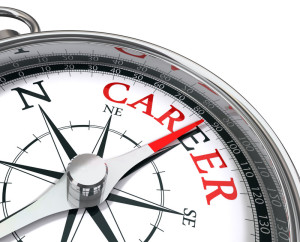I guess I am behind again. The first time I heard the term “doomscrolling” was several days ago when someone tweeted that they looked forward to when they could just read a good book at bedtime instead of doomscrolling. I presume they were referring to getting past the election in two weeks. It resonated with me.
of doomscrolling. I presume they were referring to getting past the election in two weeks. It resonated with me.
Doing a google search, I see articles going back to the summer months about doomscrolling and anxiety and how to break the cycle. It is described as the practice of endlessly consuming doom-and-gloom news. I find myself looking to see what awful things have happened, been spoken, or tweeted when I get up in the morning and again late at night.
The practice of always having a good book that I’m reading has been harder since this pandemic started. A novel I had just started in early March was set aside for months. I just couldn’t concentrate on reading a book in those early months. A political book I was reading was also set aside. I realized I didn’t need to know the inside story about all the outrageous things that had happened since 2016. I eventually finished the novel though I had to go back many pages to refamiliarize myself with the characters. I have yet to pick up that particular political book again and probably never will.
I just finished a novel that I would highly recommend – “The Daughters of Erietown” by Connie Schultz. It is an excellent story starting in the mid-1940s tracking four generations of women in a northeast Ohio town. It weaves daily life in a blue-collar community with significant historical events including the 1970 shootings at Kent State and the early days of the women’s movement. And yes, I am open to recommendations on my next novel.
I’ve started a non-fiction business book that one of my coachees sent me a while back – “Wisdom at Work: The Making of a Modern Elder” by Chip Conley. It is described as part manifesto and part playbook for how to become indispensable in the second half of your working life. Continue reading








